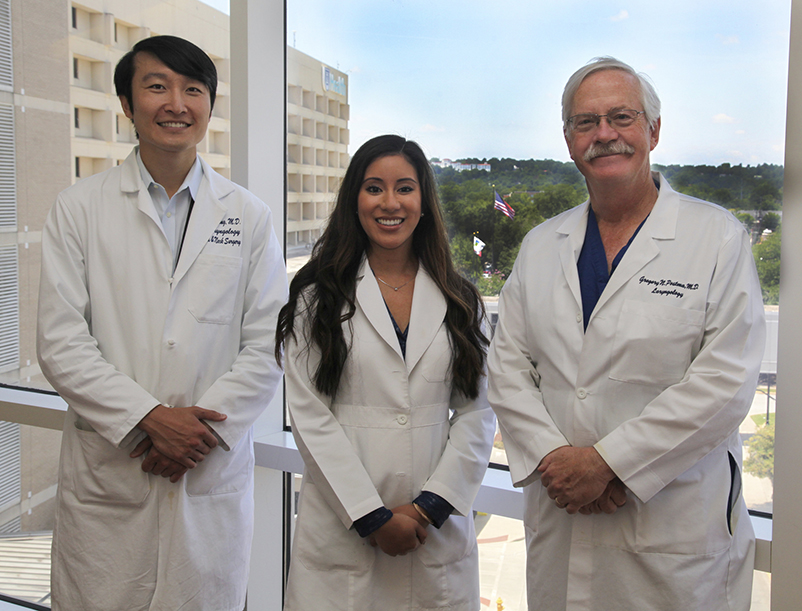Dysphagia
Our Approach
Dysphagia (Pronounced Dys-PHAY-gee-ah) refers to difficulty swallowing. It originates
from the greek roots dys-, meaning bad and phaegin meaning to eat or swallow. Dysphagia
is a symptom that can arise anywhere along the swallowing tract, from the lips to
the stomach.
Common causes include:
- neurological disorders (i.e. stroke, Parkinson’s, brain injury, myasthenia gravis,
ALS)
- structural problems along the swallowing tract (i.e. tumor, diverticulum, stricture)
- general weakness.
Diagnostic Tests and Procedures
One of the dangers of dysphagia is aspiration, or food and liquid entering the airway. A
variety of treatment approaches are available, depending on the underlying cause and
severity. Treatment may include:
- Modifying food and liquid textures such as thickening liquids or avoiding certain
consistencies
- Modifying head and/or body position during meals
- Changing the manner of eating and drinking
- Exercises to improve strength, speed and coordination of swallowing
- Exercises to improve airway protection during swallowing
- Electrical stimulation of the swallowing muscles to increase strength and coordination
- Surgery to repair muscle valve and voice box function
- Balloon endoscopy to widen and reopen a constricted esophagus
- Medication to prevent esophageal spasms or lower the production of stomach acid.


